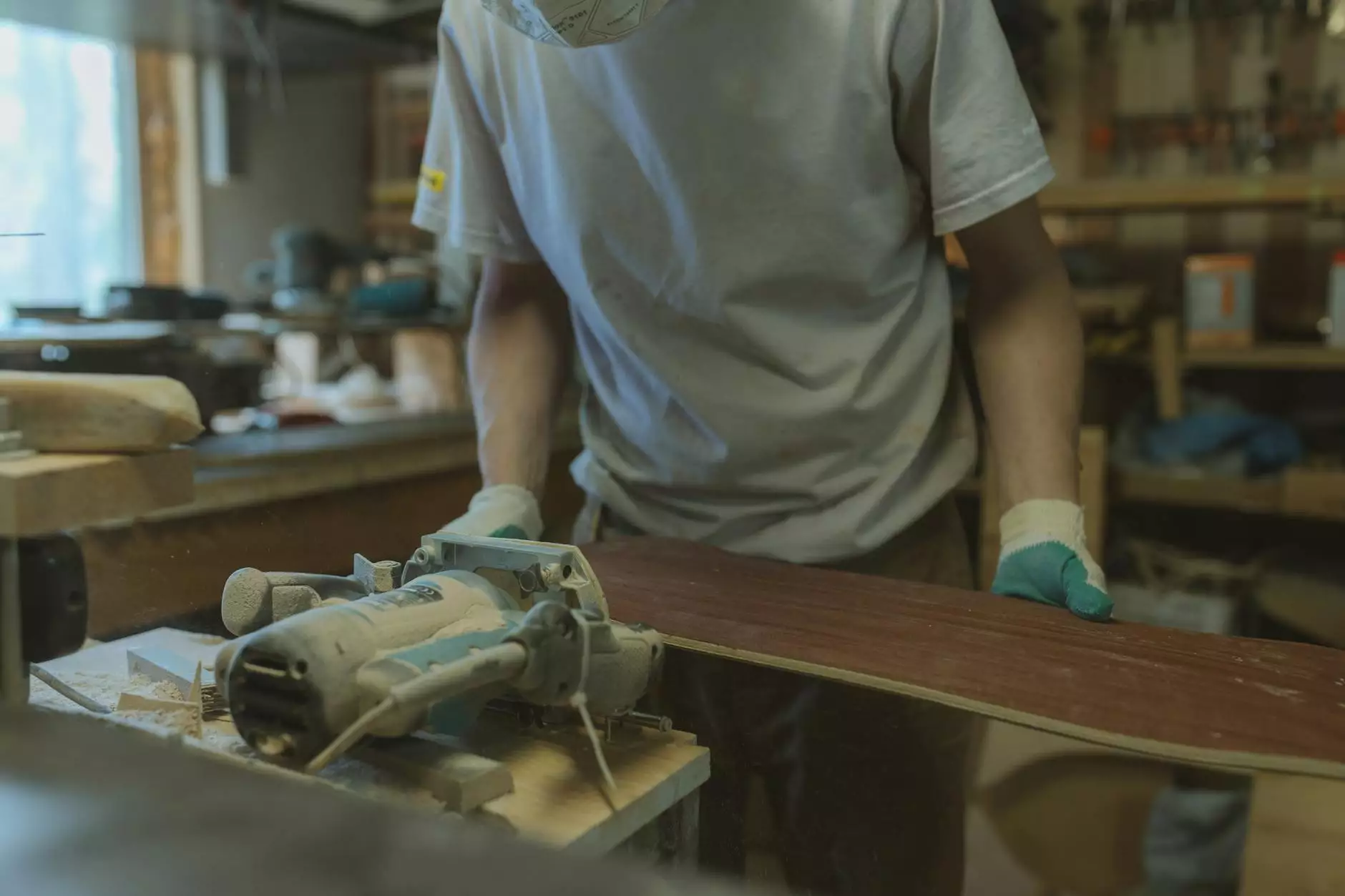Tendinopathy vs Tendonitis: Understanding the Differences and Treatment Options

Tendinopathy and tendonitis are common conditions that often confuse patients and healthcare providers alike. Understanding the differences between these two disorders is essential for effective diagnosis and treatment. This comprehensive guide delves into the specifics of tendinopathy vs tendonitis, offering insights into their causes, symptoms, and treatment methodologies.
What is Tendinopathy?
Tendinopathy is an umbrella term that refers to a range of tendon disorders characterized by chronic pain and dysfunction. This condition primarily arises due to repetitive strain and overuse of the tendons over time, leading to degenerative changes.
Causes of Tendinopathy
The primary cause of tendinopathy is repetitive motion or excessive stress on a tendon. Common activities that can lead to this condition include:
- Participating in sports (e.g., running, tennis, weightlifting)
- Occupational hazards that require repetitive movements (e.g., assembly line work, playing musical instruments)
- Age-related changes that reduce tendon elasticity and strength
- Improper technique or equipment usage during physical activities
Symptoms of Tendinopathy
Symptoms of tendinopathy can often be chronic and include:
- Pain around the affected tendon, especially during and after activity
- Stiffness, particularly in the morning or after periods of inactivity
- Swelling or thickening of the tendon
- Weakness in the affected area, making it difficult to perform movements
What is Tendonitis?
Tendonitis, on the other hand, refers specifically to the inflammation of a tendon. This condition typically presents more acute symptoms, often resulting from a sudden injury or overuse during a short period.
Causes of Tendonitis
Tendonitis usually arises from the following factors:
- Acute injury or trauma to the tendon
- Sudden increase in physical activity levels without proper conditioning
- Infection, although rare, can cause inflammation
- Underlying health issues such as diabetes or arthritis that might predispose individuals to inflammation
Symptoms of Tendonitis
The symptoms of tendonitis are often more pronounced and can include:
- Localized pain and tenderness around the affected tendon
- Swelling that is often more prominent than in tendinopathy
- Heat or redness in the area of the tendon
- Restricted mobility and stiffness during activity
Key Differences Between Tendinopathy and Tendonitis
While both conditions affect tendons, there are critical distinctions that can help in identifying and treating each disorder effectively:
Duration and Onset
One of the most notable differences is the duration and onset of symptoms:
- Tendinopathy: Symptoms are generally chronic, developing over time due to repetitive stress.
- Tendonitis: Symptoms are typically acute, appearing suddenly after injury or overuse.
Nature of Condition
The nature of the conditions also differentiates them:
- Tendinopathy: Indicates degenerative changes to the tendon, often with minimal inflammation.
- Tendonitis: Specifically involves inflammation in response to injury or illness.
Treatment Approaches
The treatment approaches can vary significantly based on the diagnosis:
- Tendinopathy: Treatment often focuses on progressive loading, physical therapy, and techniques such as ultrasound therapy to stimulate healing.
- Tendonitis: Treatment typically involves rest, anti-inflammatory medications, and ice application to reduce swelling.
Treatment Options for Tendinopathy and Tendonitis
Both conditions require tailored treatment plans that address the unique symptoms and causes associated with each disorder.
Conservative Treatment
Most cases of both tendinopathy and tendonitis can be managed with conservative treatment methods, which may include:
- Rest: Allowing the affected tendon time to heal is crucial for both conditions.
- Ice Therapy: Applying ice packs can help reduce swelling and alleviate pain, particularly effective for tendonitis.
- Physical Therapy: A trained therapist can provide exercises that strengthen the tendon and improve flexibility and overall joint function.
- Nonsteroidal Anti-Inflammatory Drugs (NSAIDs): Medications like ibuprofen or naproxen may help reduce pain and inflammation.
Advanced Treatment Options
For more severe cases or when conservative treatments fail, advanced treatment options might be considered:
- Corticosteroid Injections: These can be effective for quickly reducing inflammation in tendonitis.
- Platelet-Rich Plasma (PRP) Therapy: This treatment uses the patient’s own blood components to promote healing and is often utilized for tendinopathy.
- Extracorporeal Shockwave Therapy (ESWT): A non-invasive treatment that may help stimulate healing in chronic tendinopathy cases.
- Surgery: In rare cases, surgery may be necessary to repair a tendon, particularly if significant damage or degeneration is present.
Preventing Tendinopathy and Tendonitis
Prevention plays a vital role in maintaining tendon health and should focus on the following principles:
Proper Warm-Up and Stretching
Engaging in a proper warm-up is essential to prepare the tendons for activity. Dynamic stretching can enhance flexibility, while static stretching post-activity can prevent stiffness.
Gradual Progression
When starting a new exercise program or increasing intensity, it is crucial to progress gradually. Sudden changes in activity level can overload tendons.
Use of Proper Technique
Whether in sports or occupational activities, using proper technique can significantly reduce the risk of developing both tendinopathy and tendonitis. Consulting a coach or physical therapist for guidance is beneficial.
Rest and Recovery
Incorporating rest days into workout routines allows tendons time to recover and adapt. Ignoring pain or discomfort can lead to chronic conditions.
Conclusion
Understanding the nuances of tendinopathy vs tendonitis is essential for anyone involved in physical activities or who are subject to repetitive strain. Early recognition, proper treatment, and implementation of preventive measures can ensure healthy tendons and optimal performance. For personalized assessment and treatment options, it's best to consult with healthcare professionals specializing in chiropractic care and physical therapy.
At IAOM-US, we provide extensive expertise in the management of tendon disorders, offering tailored treatment plans to address both acute and chronic conditions effectively. Contact us today to learn more about how we can assist you on your journey to recovery.









